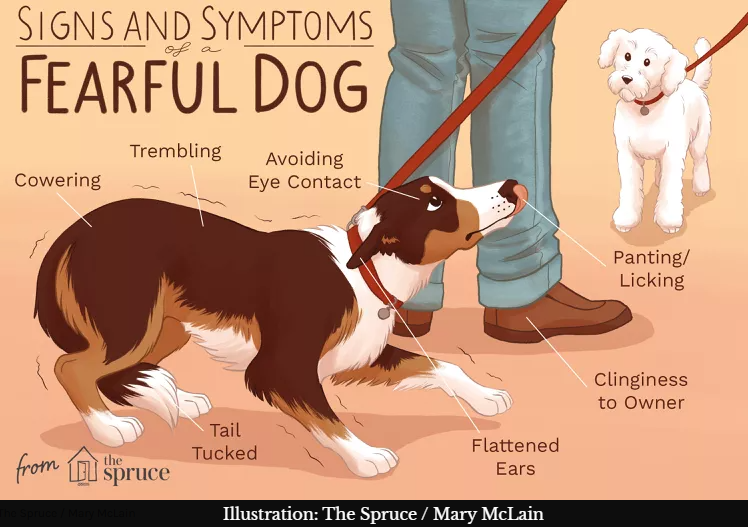
Hello Apex friends! It has been a LONG time since our last BLOG but we’ve had a few recent situations that have us scratching our heads and we wanted to put this out there to let folks know how we try our very best to help our patients that are fearful when coming to see us. We LOVE all of them, or we wouldn’t be in this business, and we completely understand their fears. Our big wish is that we could simply communicate with them and let them know that what we are doing is for their benefit.
Please allow me to paint 2 different pictures and ask that you please consider them carefully and decide which you would like for your furry friend, be it a cat or a dog.
Pet A, let’s call it Max, goes to the vet for a routine visit. Max is super nervous about the visit and does not want to be handled, much less being held still, by the veterinary team. The client is in a hurry and “just wants to get it done” so demands that the team “do what they came here to do”. The veterinary team assembles 4 people, puts a muzzle on Max, flips him over on his side, and pins him down. One assistant is laying on Max’s chest with a forearm over his neck to keep him from flailing his head and smacking it on the floor. Another assistant is laying on Max hips, holding his back legs from kicking and scratching himself or the team. A third assistant is holding one front leg out of the way while holding off a vein on the other front leg for a fourth assistant to draw just 3 drops of blood for a heartworm test. This wrestling match further terrifies Max and he urinates, defecates, and expresses his own anal glands everywhere. His pupils are dilated, he is panic breathing, and wants nothing more in the world than to get away. Because of his flailing and discharge of bodily fluids, the initial blood draw had to be abandoned, a bandage applied, and the whole process has to go again to get the 3 drops of blood. Fortunately, the second attempt is successful, as many times in this situation I am sure you can understand that it can happen many more times. Now Max is exhausted, panting, has a bandage on both front legs, covered in his own bodily fluids, is no less panicked than he was, but now needs at least a thorough cleaning, probably a bath, to clean him up. ALL dogs LOVE baths, right?!? Max is finally able to go back to his family and leave the house of horrors he just experienced. His afternoon is spent exhausted and sore from the episode and he’ll be MUCH more fearful the next time. That is, IF there is a next time, because the client is mad at the veterinary team for doing exactly what they wanted and they cannot understand why it is “so hard to get a couple drops of blood”.
Pet B, Sam, comes in for the same routine visit and is showing the same fearful posturing and behavior. The veterinary team stops and talks to the family about cancelling the visit and trying again on a future date with some specific activities that can help Sam’s anxiety and perhaps add a medication to provide additional assistance. The family is understanding and wants the best for Sam, so she goes home and has another appointment scheduled for next week. Before the next visit, Sam does not get breakfast. Instead, Sam is given lots of treats at the visit to provide good association with going to the vet. 2-3 hours before the visit, Sam is given a medication that is VERY safe and suppresses her overly stimulated neurons that cause anxiety. Fancy words that just mean it helps Sam care a little bit less about what’s going on, not “doping her up” as many believe. Sam is much more agreeable for a single assistant to provide minimal restraint and a second assistant to obtain the small blood sample needed. No fighting, no biting, no ejection of bodily fluids, no bath, and when Sam’s visit is over, she goes home and takes an afternoon nap to sleep it off.
I’m not waiting for your answer. I know Sam had a much better day than Max and this is what we should all want for our furry family. In fact, we will sometimes refuse to see pets that do not come to see us with medication on board. This is not “just to make our job easier” and it is not “just doping them up”. It is a wonderful advancement in veterinary medicine that focuses on reducing the fear and anxiety associated with some pets going to the vet. It is for THEIR benefit and everyone’s safety. We CAN get it done, but is it the best thing for the patient? Just because you can doesn’t mean you should!
If you would like to know more about the Fear Free® practices we use at Apex to help our patients, please check out https://fearfreepets.com/ for more info!
